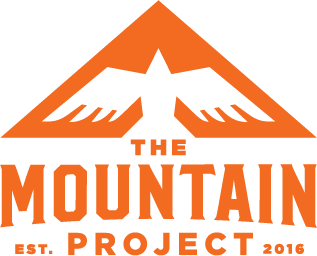How to get better and train for anything.
You want to ski stronger this winter, and not get injured? Or, you just signed up for one of the Rut Mountain Runs–now what?
There’s so much information out there these days, and so many sources are trying to sell you something; some secret that only they have, that’s the magic bullet for your success as an athlete. Fortunately, the best, tried and true advice isn’t a secret. You’ve probably heard a lot of it, but I’m here to remind you of it, in case you’re looking at buying some snake oil on the internet that promises you’ll ski like you’re 25 when you’re 50.
So, when do I start training? Yesterday. And if not yesterday, then today is the next best. Consistency is the most important ingredient. Year round, for many years. Your training can fluctuate and change volume and focus throughout the year, but the golden rule always applies: keep moving.
How much should I train, and how hard? This obviously depends on your experience and fitness level, but certain commonalities apply to all.
The main endurance sport truism that holds true for all of us, and we teach our athletes, is the 80/20 rule. 80% (or often even 90%) of your training should be low heart rate (conversational pace, Zone 1 and 2 Heart Rate Zones) aerobic exercise. The more training/exercise in these Zones you can accumulate the better athlete you will become.
But, make sure you learn what “Zone 1 and 2” really means! This is what most folks can’t seem to get right. Then, the other 20% (or even 10%) of your training is higher heart rate difficult training/exercise where you are working to adapt your other metabolic systems. This is usually done through interval training.
These principles are simple, but not easy to execute without some practice, experimentation and a bit of guidance. Once you figure these things out, it’s not rocket science, but it takes discipline and hard work!
Here is a rough guide of what a week of training looks like for one of my athletes. One or two days a week are shorter hard interval sessions, and the rest of your weekly time is low-heart rate aerobic training, with ideally one longer session (over 90-minutes). Personally, I think it’s good for most athletes to take at least one full rest day a week. Some may need more. **All of this will obviously fluctuate greatly depending upon age, fitness level, experience and sport.
How does strength training factor in? Some people don’t do any, some do a lot. Again, figure out what works for you. If you haven’t done strength work in the past, it’s worth trying.
We recommend 1-2 days a week of strength, depending upon the athlete, the time of year, and what the athlete is training for.
Strength does not inherently make you a better skier, nor a faster runner, but it has other critical benefits to athletes that can affect those goals. Strength and power will make you a more proficient skier in ability, and a more efficient runner. Strength will make you more durable and longer lasting as any kind of mountain athlete. And most importantly, strength will make a huge difference in staying healthy and injury free.
Strength can be simple. (ie. You don’t need to buy anyone’s secret plan) Once you figure out the basics of what’s important to integrate.
•••
Even though these are straight forward training tips that probably make logical sense to you, they can be difficult to execute and master. Often when training isn’t going great or how we anticipated, we’re quick to think we need to buy some training secret online instead of checking in on the basics (ie. Am I running my easy runs too hard? Or, I’ve been really inconsistent in strength work). The basics aren’t sexy but they work.
Final word: Keep it simple. Find what works for you. And reach out to us if you need help along the way.
-Mike
Photo Credit: Jason Thompson (header), Steve Gnam (Second from top) & Blair Speed (final images)




